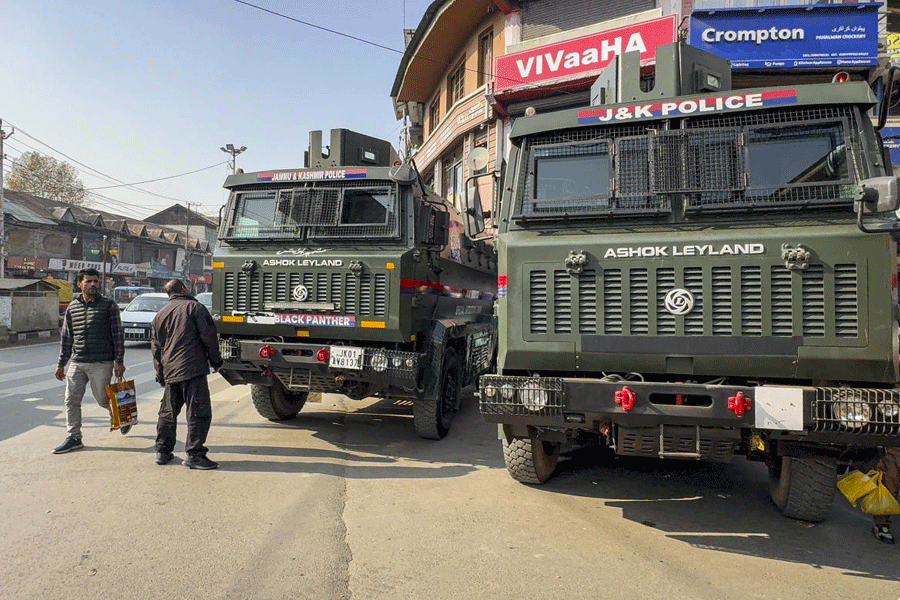
Picture by UB Photos
Guwahati, Oct. 19: Three ancient stone temples in Assam are set for a facelift.
Madan-Kamdev in Kamrup, Deo-Parvat/Deopahar in Golaghat and Sankhadebi in Nagaon - which are in ruins, will get a new lease of life as the directorate of archaeology, Assam, has decided to restore these temples to their original splendour.
An official source told The Telegraph that the directorate is preparing a detailed project report (DPR) for the restoration work.
"The report will outline the conservation and restoration work to be taken up to develop these archaeological sites as attractive tourist spots," he said.
According to him, the restoration will include reconstructing missing parts of the temples with available stones, which would be carved to the original shape and size, apart from reconstruction of the architectural stonework, earth work and excavation for foundation wherever necessary, providing stone slab roof according to the original design, including beam, ceiling and decorative mandap (altar), and providing water tightening of the roof and protection of the plinth and apron, among others.
The directorate has earmarked Rs 4 lakh for preparing the DPR of each site.
"It will take some time for the actual work to start as we will need a few months to complete the report," he said.
Madan Kamdev, known as "Khajuraho of Assam" and situated near Baihata Chariali in Kamrup district, dates back to the 9th-10th century. The ruins spread across a hillock are believed to be the remains of more than 20 stone temples dedicated to Lord Shiva.
"The principal shrine is a rectangular mandap. The temple is in ruins and exists up to the plinth level. Its architecture is rich in ornamentation and a panel of amorous sculptures, of both human and animal life," the source said.
At the Deoparvat archaeological site, which is located at Numaligarh in Golaghat district and believed to be of 11th century, ruins of the ancient temple are scattered on a hilltop.
"This site contains ruins of a stone temple erected upon a monolithic floor. The temple has a ceiling slab engraved with a large lotus," the source said.
"The Sankhadevi site of 9th-10th century in Nagaon district has a group of temples, located at Jugijan, alongside a tributary of the Kopili river. The site has three mounds containing remains of three stone temples. Of these, one has been salvaged and stone relics of a temple dedicated to Devi Durga have been unearthed," he said.
This site also has a stone stairway leading to the river, indicating that in the past communication was maintained through the river channel.










